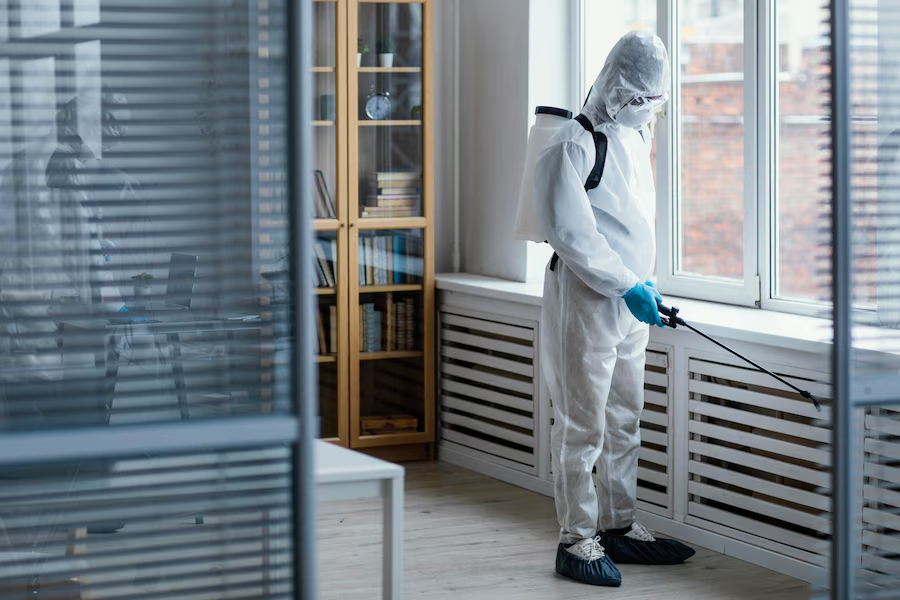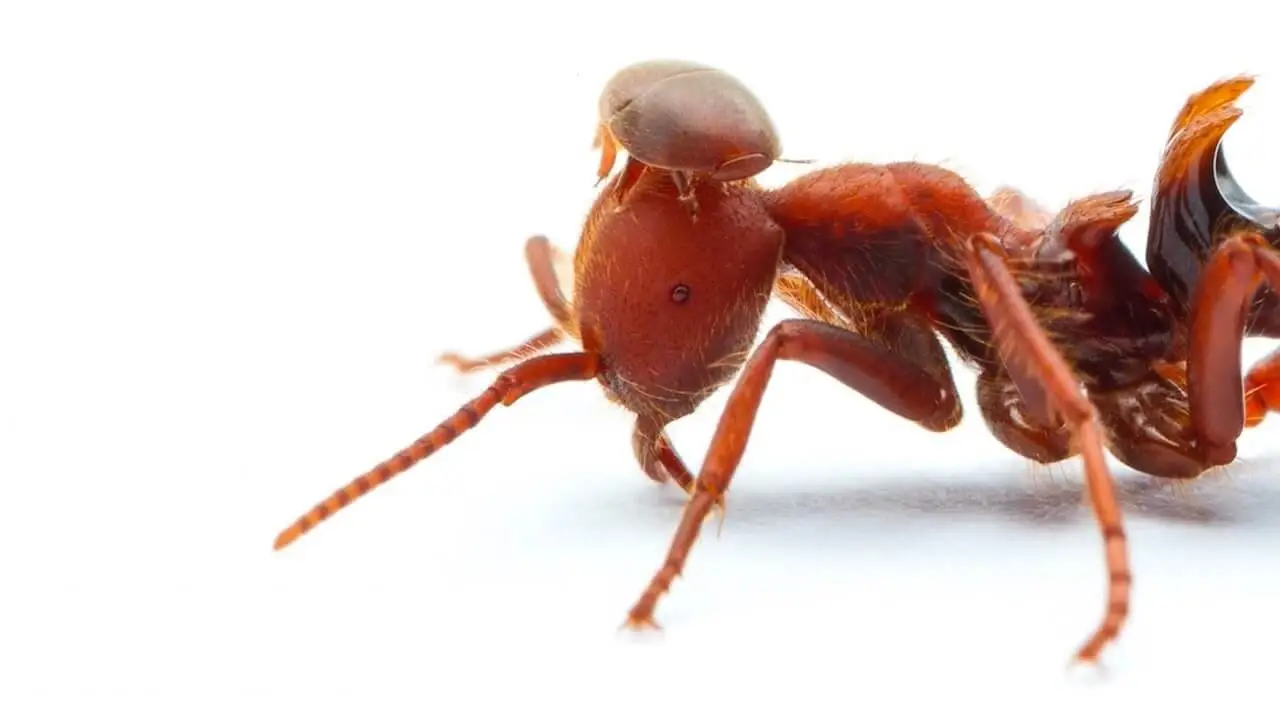Dealing with a pest infestation can be a frustrating and overwhelming experience. While it might be tempting to tackle the problem on your own using DIY methods, this approach can often do more harm than good. There are significant risks associated with DIY pest control that homeowners need to be aware of. Here’s a look at the dangers of DIY pest control and when it’s best to call in a professional.

Content
Health Risks
One of the most significant dangers of DIY pest control is the potential health risk. Many over-the-counter pesticides contain harmful chemicals that can pose serious health hazards if not used correctly. Inhaling fumes, getting chemicals on your skin, or accidentally ingesting them can lead to poisoning, respiratory issues, and skin irritations. Additionally, some pests, such as rodents and insects, can carry diseases that may be transmitted to humans during DIY extermination efforts.
Example: A homeowner using a store-bought pesticide to eliminate a roach infestation might not follow proper safety precautions, leading to exposure to toxic chemicals. This exposure can result in nausea, dizziness, and other health complications.
Ineffectiveness
DIY pest control methods often provide only temporary relief and fail to address the root cause of the infestation. Pests can quickly adapt to over-the-counter treatments, rendering them ineffective over time. This can lead to repeated infestations and a cycle of frustration and expense. Professional pest control services use advanced techniques and products that are specifically designed to target and eliminate pests effectively.
Example: A homeowner using DIY ant traps might see a reduction in ant activity initially, but without addressing the nest or entry points, the ants will likely return.
Potential for Increased Infestations
Improper use of DIY pest control methods can sometimes exacerbate the problem, leading to increased infestations. For example, disturbing a nest of pests without effectively eliminating them can cause them to scatter and establish new colonies in other areas of your home. This can make the infestation more challenging to control and eliminate.
Example: Attempting to remove a wasp nest without proper knowledge and equipment can cause the wasps to become aggressive and relocate, potentially creating multiple nests around the property.
Structural Damage
Certain pests, such as termites and carpenter ants, can cause significant structural damage to your home if not dealt with promptly and effectively. DIY treatments may not penetrate deeply enough to reach the source of the infestation, allowing these pests to continue damaging your property unnoticed. Professional pest control services have the tools and expertise to detect and eliminate these hidden threats.
Example: A homeowner using DIY termite treatments might only address the surface problem, leaving the underlying colony intact. Over time, this can result in extensive damage to the home’s foundation and wooden structures.
Environmental Impact
Improper disposal of DIY pest control products can have a detrimental impact on the environment. Pesticides can contaminate soil and water sources, harming wildlife and disrupting ecosystems. Professionals are trained to use and dispose of pest control products responsibly, minimizing their environmental footprint.
Example: Disposing of leftover pesticide down the drain can lead to contamination of local water supplies, affecting both human health and aquatic life.
When to Call a Professional
Given the risks associated with DIY pest control, it’s crucial to know when to call in a professional. Here are some scenarios where professional intervention is highly recommended:
- Severe Infestations: If you notice a large number of pests or recurring infestations, it’s time to seek professional help.
- Health Risks: When dealing with pests that pose significant health risks, such as rodents, bed bugs, or cockroaches, professional treatment is essential.
- Structural Damage: If you suspect pests are causing damage to your home’s structure, contact a professional immediately.
- Lack of Results: If DIY methods have failed to eliminate the problem, a professional can provide more effective solutions.
- Specialized Pests: Certain pests, like termites and carpenter ants, require specialized knowledge and treatment methods.
Conclusion
While DIY pest control methods might seem like a quick and cost-effective solution, they often come with significant risks and limitations. The health hazards, potential for increased infestations, structural damage, and environmental impact make DIY pest control a risky endeavor. For safe, effective, and long-term pest management, it’s best to call in a professional pest control service. Their expertise, advanced tools, and proven methods ensure that your home remains pest-free and your family stays safe.

Christine Kelley is a dedicated home blogger who has been blogging for over six years. She covers everything home related. Christine also loves writing posts about her travels to Europe with her husband and two children.

